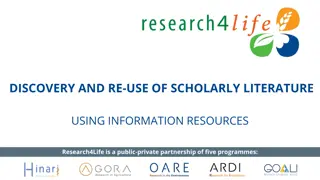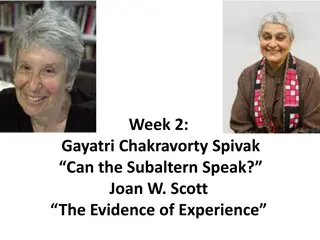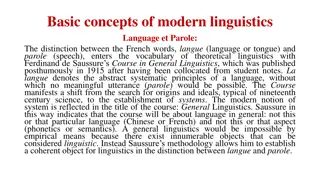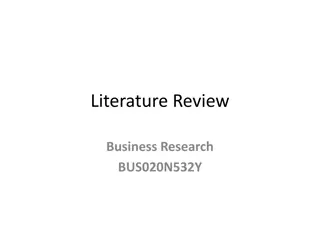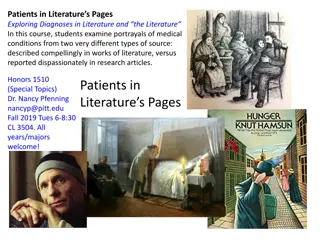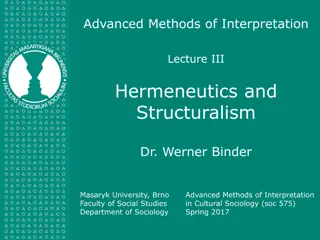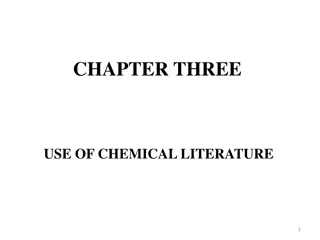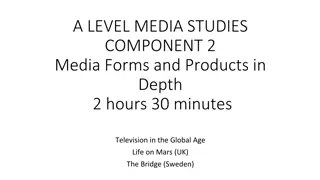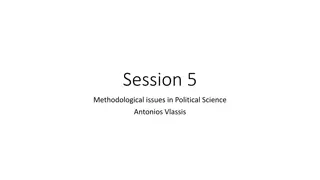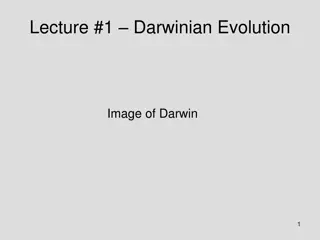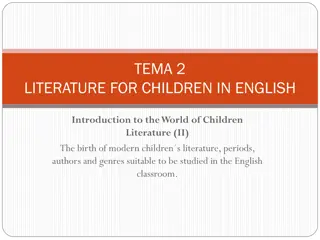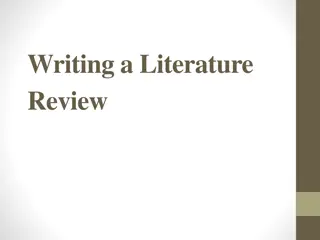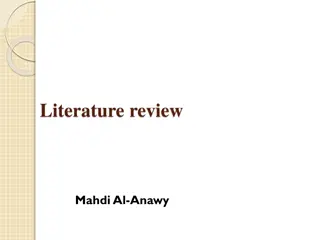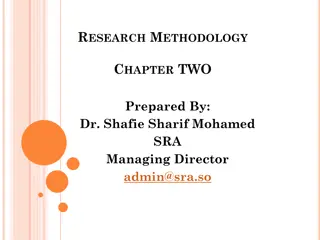Understanding Structuralism in Literature: Key Concepts and Evolution
Structuralism, as presented by Dr. B. Kalidoss, explores the order and arrangement in various forms like language and literature. It delves into the interrelationship between units and rules, proposing a deeper understanding of texts through linguistic analysis. The evolution of structuralism in literature, from close-ended meanings to post-1950s textual interpretations, showcases a shift in viewing literary works as dynamic entities. Figures like Saussure and Barthes have contributed significant theories to this field, shedding light on language's role in shaping knowledge and meaning.
Download Presentation

Please find below an Image/Link to download the presentation.
The content on the website is provided AS IS for your information and personal use only. It may not be sold, licensed, or shared on other websites without obtaining consent from the author. Download presentation by click this link. If you encounter any issues during the download, it is possible that the publisher has removed the file from their server.
E N D
Presentation Transcript
Structuralism Presented by Dr. B.Kalidoss Assistant Professor of English Arul Anandar College
What is Structurlaism? It is an order / arrangement. Everything has a structure. Eg.Universe, building, Book What is structure? So that Language has structure. Structuralism suggests the interrelationship between units (surface phenomena) and rules . In language, units are words and rules are the forms of grammar which order words.
What is structure is literature? Not a new theory. Aristotle explained the structure of tragedy . Started somewhere around 1920s Became a movement in 1950s 1920s used to look at literatrary piece as a work has close ended meaning, can t do anything else about it, nth can t be changed. meaning derived out of social, cultural context. Post1950s same ltry piece looked differently, no longer a work but a text.
Textopen ended open interpretation analysing linguistic construct by understanding language we can know lot abt the text. Might get lot of diff meaning of the same poem from what Donne intended to be. Understand even better , might use post colonial theory like structuralism, deconstruction. Author died. Roland Barthes is one behind the concept of the Death of Author .
After mastering over the language,esp Sanskrit, Saussure framed some principles. Saussure gives four major theories: 1.Concept of Episteme. Unit of knowledge is construct of language, means to gain knowledge need to know language Linguistic determinism is the key., language determines the thought. Eg. A Child learns So unit of knowledge is construct of language.
Structuralism suggests the interrelationship between units (surface phenomena) and rules (the ways in which units can be put together). In language, units are words and rules are the forms of grammar which order words. 2. Sign Signifier Signified .
. Sign Any word/unit that you might see in a language Signifier refers to the sound of a word uttered. Eg. Dog, tree Signified what is evoked in the mind / mental concept
According to Saussure Signifier is more important to signified Word is culturally constructed Arbitrary The relation between the signifier and the sign is arbitrary. no fixed connections between signifier and signified - different meaning to everybody. Eg. - God An ordered series of signs make sense because of the way the signs are ordered. This is called syntagm . Eg. Bark the at the dog stranger The dog barks at the stranger.
The meaning of a word is always imposed on it by human mind and idea. It is never universal. For example, there is no impartial and real method for distinguishing two persons one is a terrorist and another is a Freedomfighter . They can be accepted by various persons with various ideas and valuations. So, language is arbitrary and relational and constitutive.
Binary Opposition Saussure Meaning is not sth absolute but relative & depends upon binary oppositions. we can understand the word by looking at opposite. Eg, darkness God Good, male-female, hot- cold, native -foreign So, things cannot be understood in isolation. They have to be seen in the context of the larger structure. They are the part of elements of the whole. Eg, leaf - tree
Not only antonyms but synonyms or Paradigmatic chain also. when we say the word Mansion , we make a comparison with its synonymous words like house , palace etc. So, all the words are netted with their comparative and contrastive ideas.
Langue / Parole particular elements have no absolute meaning or value: their meaning or value is relative to other elements. Everything makes sense only in relation to something else. we need to study the whole system of relationships or structure.
The main characteristics of Structuralism in literary theory are as follows: 1. Structuralism comes from a branch of language study called structural linguistics . 2. A focus on the underlying structure of a literary text. 3. The meaning of a text is in the inter-relationship of its parts. 4. Binary oppositions are key to understanding a text. 5. The individuality and personality of the author are unimportant. What matters are the deep structures. 6. Literary texts are constructs. Meaning does not come from inside the text. Instead, meaning comes from the relationship of each part of the text with other parts.


